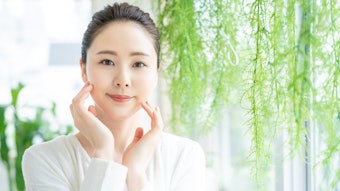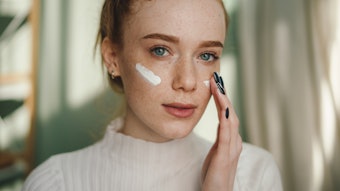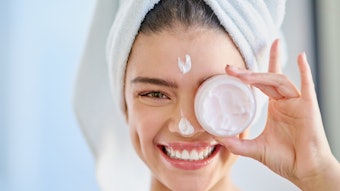
Read the complete Expert Opinions article in your January 2020 digital magazine.
The quest for anti-aging, ironically, is timeless and remains the desperately sought Holy Grail of cosmetic product developers.
This is driven by consumer demand for anti-aging products, services and devices, which globally are expected to reach sales of more than US $271.0 billion by 2024, expanding at a CAGR of ~8% between 2018 and 2021.1 As such, the search continues in R&D to identify the fountain-of-youth ingredient.
Shift in Demographics
Traditional consumer views of anti-aging have shifted in recent years. For one, anti-aging products are no longer focused simply on removing wrinkles in mid-life women. Millennials are more aware of the effects of aging and are taking proactive measures to maintain their youth and skin health as they age.2
Add to this social (and mere survival) concerns over the current status of pollution, climate change and human well-being, and the industry is now appealing to a much broader, well-rounded and younger audience of men and women with new attitudes about embracing life experience, i.e, “aging well,” and ensuring their choices support not just their personal health, but the overall health and well-being of others—including the environment.
Aging concerns also are not limited by gender. According to a report by Forbes, more than one-third and as many as two-fifths of American fathers report they care about preventing the signs of aging. This is according to a Mintel survey of approximately 1,000 adult men in the U.S. who use personal care products. In the same survey, 95% of men reported using deodorants; 87%, body cleansing products; 70% reported using sunscreen and sun protection; and nearly 67% reported use facial skin care—although among those between the ages of 18 and 44, this number rose to as much as 84%.3
These shifts in consumer mind sets and demographics have dramatically changed the ways companies are marketing anti-aging products; from the packaging they choose, to the claims they tout. Regarding packaging, experts note, later in this article, that because the beauty audience is more environmentally conscious, simpler, biodegradable and organic packaging—or the lack thereof, altogether—has emerged.
Biological Interest
Consumers also are becoming more aware of external stressors that accelerate skin aging processes, such as blue light4 and pollution exposure,5 and disturbing the microbiome or too little sleep.6 In turn, they actively take measures to prevent this damage.
In relation, they are more attuned to the ingredients used in products, demanding natural and “clean” solutions as they believe these to be healthier for their skin and bodies. Furthermore, they have finally gotten the message that UV exposure is damaging, and are therefore routinely using SPF products to prevent sun damage.
Emerging Research
Consumers being consumers, faster and visible results are still expected from the products they put their dollars behind, which is where research and technology is being leveraged. For example, ingredients have been engineered to impart botulinum toxin-like effects,7 to silence or mute RNA messaging,8 and to slow the shortening of telomeres and, in turn, extend cellular vitality.9
Another emerging area relevant to anti-aging research is the discovery of post-exposure damage in skin caused by UV. Yale researchers have identified the formation of cyclobutane pyrimidine dimers (CPDs), a type of DNA damage that occurs even after skin is no longer exposed to UV. Product developers are therefore designing ways to reduce or prevent the formation of these “dark CPDs,” primarily by using antioxidants.10, 11
Advances in anti-aging actives for wrinkle reduction, skin lightening and more also remain a strong pursuit in cosmetics R&D. Retinol and vitamin C, for example, are old favorites with proven skin care efficacy but their stability remains a challenge in formulations. As such, product developers have devised new derivatives and optimized carriers to leverage the known benefits of these materials in practical ways.
Microencapsulation is one example,12 which can be tailored to control the release of sensitive materials such as retinol to keep its efficacy intact until it is delivered to the site of action. Another, as Lionetti describes in this issue, is 3-o-ethyl ascorbic acid, a relatively new water-soluble derivative of vitamin C,13 whose stability is ensured by the formula itself by maintaining a pH range of 4-5.5 and using an added antioxidant such as sodium bisulfite.
These are but a sampling of recent observations in anti-aging efforts. In addition, Cosmetics & Toiletries tapped into several industry experts to share their views on the current and future anti-aging market, as well as enabling technologies to support its progress.
Check out the January 2020 digital magazine for the full Expert Opinions...











